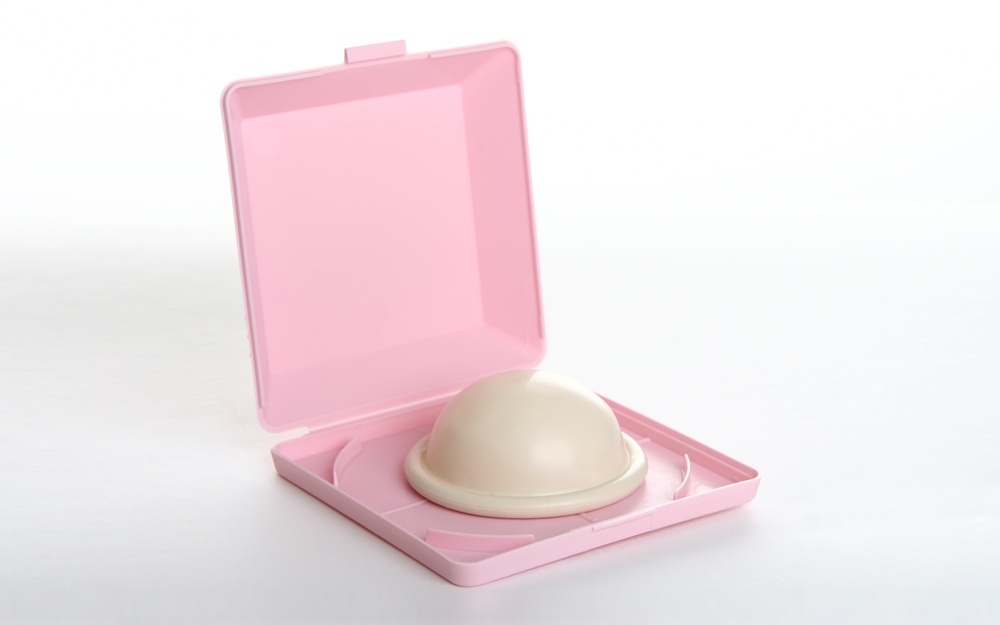Diaphragms Are Making a Comeback
Date
January 3, 2020
Credits

Date
January 3, 2020
Credits
Medical providers featured in this article
In Brief
{{cta-block}}
The average US woman spends more than 30 years of her life trying to prevent pregnancy—even if she intends to eventually have children.
And her choices for birth control can be complicated. Most women switch birth control methods multiple times, with 4 out of 5 women choosing the pill at some point.
"Now we're bringing the focus back to what the patient wants, which means a full range of options—including those that haven't been popular in a while."
Finding the right option that works with your lifestyle, is effective, and doesn't have intolerable side effects can be a lot of work.
"For a long time, much of the conversation among doctors was about increasing the number of women using long-acting methods like IUDs and implants, especially as insurance coverage improved," says Dr. Natasha Schimmoeller, a gynecologist on the Cedars-Sinai Gynecology team.
"Now, we're bringing the focus back to what the patient wants, which means a full range of options—including those that haven't been popular in a while."
This includes a return to an old favorite—the diaphragm, which fell out of favor when pills and other contraceptive methods gained popularity.
Read more on the Cedars-Sinai Family Planning Program
Hormonal options are great, but they're not for everyone
Most available methods of birth control are hormonal: pills, shots received every 3 months, arm implants, vaginal rings, and plastic IUDs.
For most women hormonal birth control isn't a problem. But for some, medical conditions such as blood clots, migraines, or high blood pressure make it more complicated. Others experience side effects with hormonal contraception, such as nausea, breast tenderness, or irregular bleeding.
The nonhormonal methods can have their drawbacks, too.
Condoms rely on a sex partner's cooperation. The copper IUD, which doesn't use hormones to prevent pregnancy, requires doctor's appointments for insertion and removal.
That's partly how diaphragms came back into the conversation. They can be used only when needed, don't contain hormones, and they work.
New diaphragm options
A new one-size-fits-most diaphragm is currently available. Though not as effective as other methods, this diaphragm decreases the risk of pregnancy significantly compared to using no form of contraception.
In one year of unprotected intercourse, about 85 out of 100 women will become pregnant. This new diaphragm reduces that number to 17 out of 100 women.
To get a diaphragm, women still need to see a doctor.
"We have demo diaphragms that patients can try in the office to make sure they are comfortable and easy for them to use," Dr. Schimmoeller says.
"While the idea of a 'diaphragm fitting' might sound scary, it's not. In reality, it's a 2-second exam to make sure it's in the right place."
One of these new diaphragms can last for 2 years and gives women control over pregnancy prevention whenever they want it.
Finding the right birth control method
There are many options for birth control and choosing the right one can be tough.
Do you want a hormonal or nonhormonal method? Short term or long term? How important is ease of use? What about side effects and existing medical conditions? Do you want a method that also protects against sexually transmitted infections?
Consider what will work best with your lifestyle and talk to your primary care doctor or OB-GYN about your options.
And don't be afraid to ask for something different if your current method isn't working for you. Many women try multiple types of birth control before choosing one to stick with—and use different types at different times in their lives.





